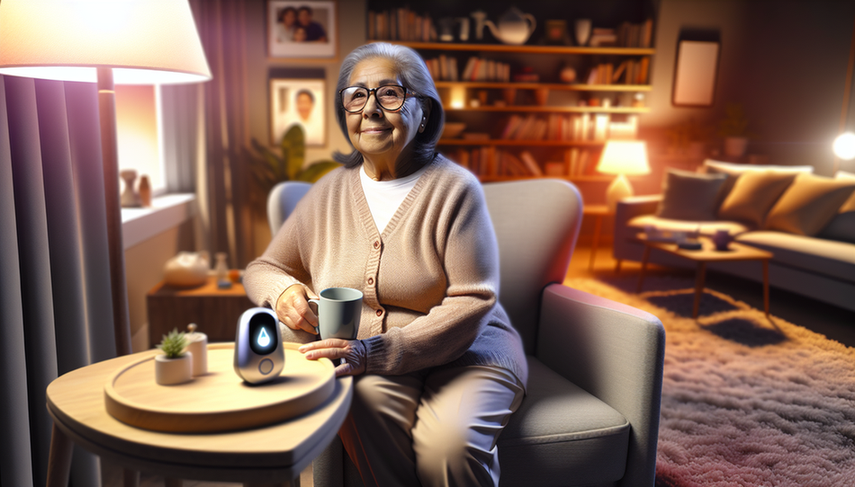Fall Sensors and Risk Prevention: Enhancing Immediate Fracture Diagnosis in Elderly Monitoring

The prevention of falls in the elderly population is a critical challenge in geriatric medicine. Falls are not only a significant cause of injuries and disabilities but can also lead to a substantial loss of independence and quality of life. In this context, fall sensors have emerged as promising tools for elderly monitoring and risk prevention, enabling more immediate and accurate fracture diagnosis.
Diving into the Use of Sensors for Fall Prevention
Advancements in sensor technology have facilitated the development of wearable devices and monitoring systems that can detect and assess fall risk in real-time. A recent study has demonstrated that wearable sensors are effective for fall detection and risk assessment in older adults, utilizing accelerometers located at the waist or lower back to analyze gait and balance [1].
Moreover, the integration of machine learning algorithms with depth camera systems has enabled faster and more automated fall risk assessment, reducing the number of tasks required to evaluate risk without compromising accuracy [2]. This approach not only enhances diagnostic efficiency but also facilitates the implementation of large-scale fall prevention programs.
On the other hand, the combination of inertial sensor data with digital gait biomarkers captured by wrist devices has proven to be a significant predictor of injurious falls in older adults [3]. These biomarkers can be integrated into detection programs and fall prevention strategies, providing a valuable tool for healthcare professionals.
Conclusions
The implementation of fall sensors and monitoring technologies in the elderly population offers an innovative approach to improving fracture diagnosis and risk prevention. As these technologies continue to evolve, it is essential for healthcare professionals to stay informed about the latest research and developments in this field. The integration of these tools into daily clinical practice can not only enhance the quality of life for seniors but also significantly reduce the burden of falls on the healthcare system.
Referencias
- [1] Fall detection and fall risk assessment in older person using wearable sensors: A systematic review.
- [2] Automatic and Efficient Fall Risk Assessment Based on Machine Learning.
- [3] Prediction of injurious falls in older adults using digital gait biomarkers extracted from large-scale wrist sensor data.
Created 24/1/2025
